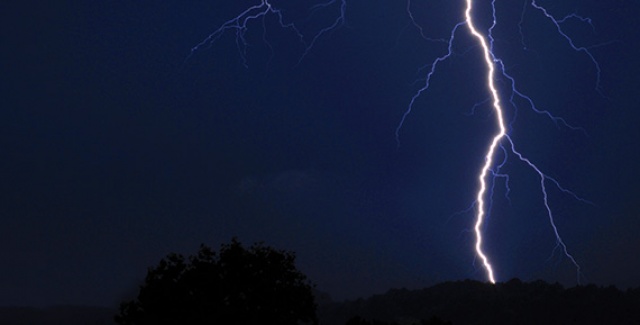Know what to do if you're caught in severe weather.
Severe weather, including thunderstorms and high winds, can occur at any time of the year in the Mid-South.
Five simple steps:
- Designate a “safe place” in your home (interior, downstairs room away from windows), place to go to wait out the storm.
- Close and keep away from windows.
- Keep a battery or crank-powered flashlight and radio in your home’s “safe” location.
- Follow weather reports using your radio, rather than the television, to monitor the story.
- Avoid using your landline telephone as telephone lines can conduct electricity.
Other steps:
- Lightning can cause power surges, so unplug all appliances before the storm hits. Unplug cable and/or satellite cables as they can conduct electricity.
- Stay away from faucets, sinks and bathtubs as metal pipes can conduct electricity.
- Keep your pets on a leash or in a carrier.
- If you’re away from home when a severe storm hits, protect yourself and your family by staying put, if you are in an adequate shelter. Don’t try to “beat the storm home” if you are safe.
- If you are in or near the water, go to land immediately and seek shelter.
- If you’re in your car, keep the windows closed.
- If there’s no shelter nearby, find a low-lying, open place that is a safe distance from trees, poles, or metal objects that can conduct electricity.
- If you can’t find shelter, assume a tucked position, squatting low to the ground. Place your hands on your knees with your head tucked between them. Try to touch as little of your body to the ground. Do NOT lie flat on the ground.
- If you feel your hair stand on end in the storm, drop into the tuck position immediately. This means that electric charges are in the ground and may be rushing up your body. Minimize your contact with the ground to minimize injury.
After the storm passes:
- Make sure there are no power lines down in your area. If there are, report them immediately to MLG&W.
- If you need to drive, check for standing water and listen for any reports of flooding in your area before leaving shelter.






